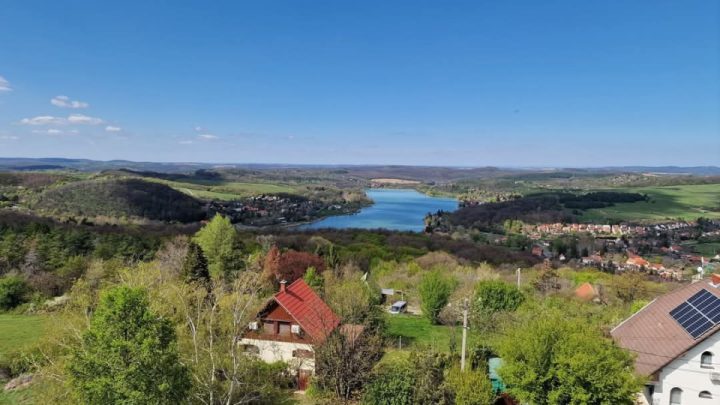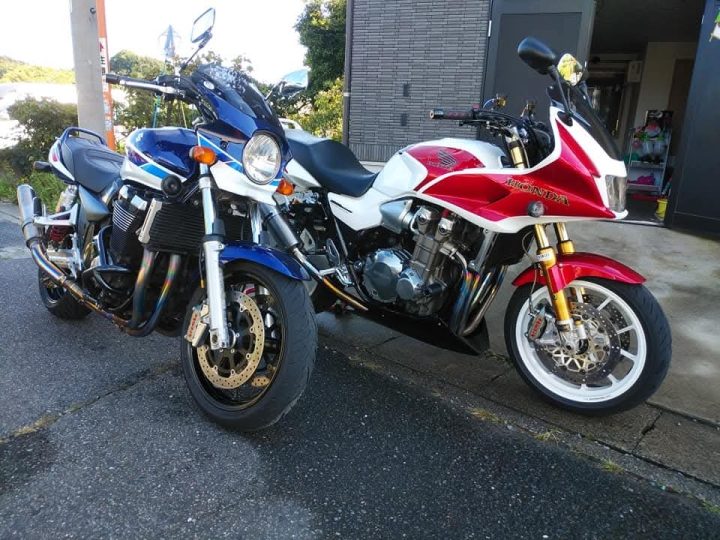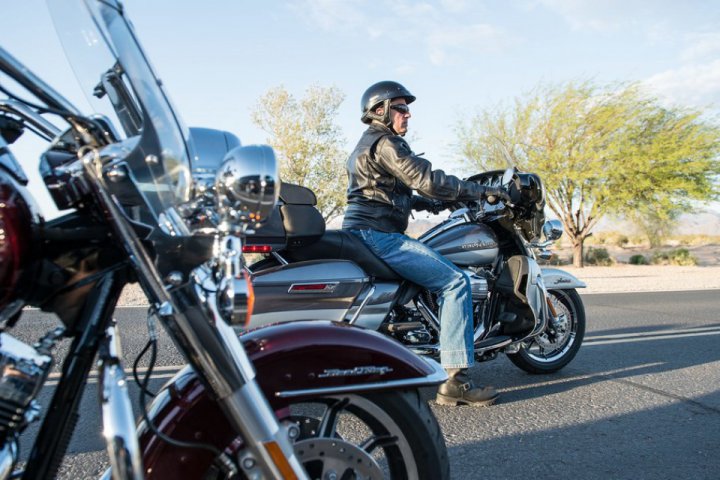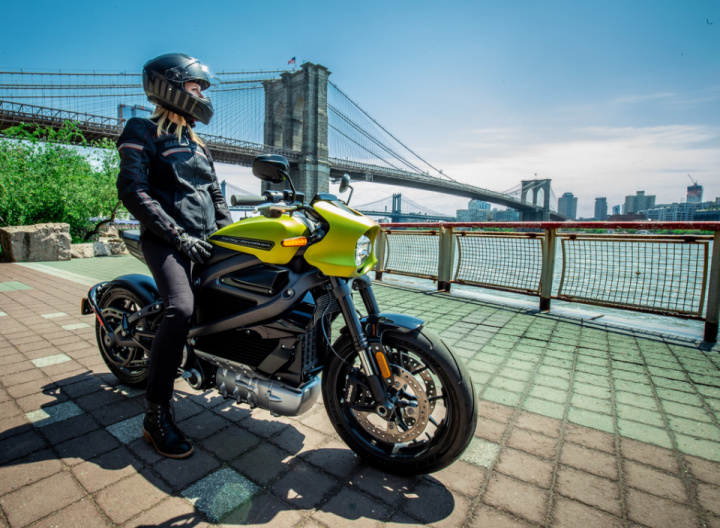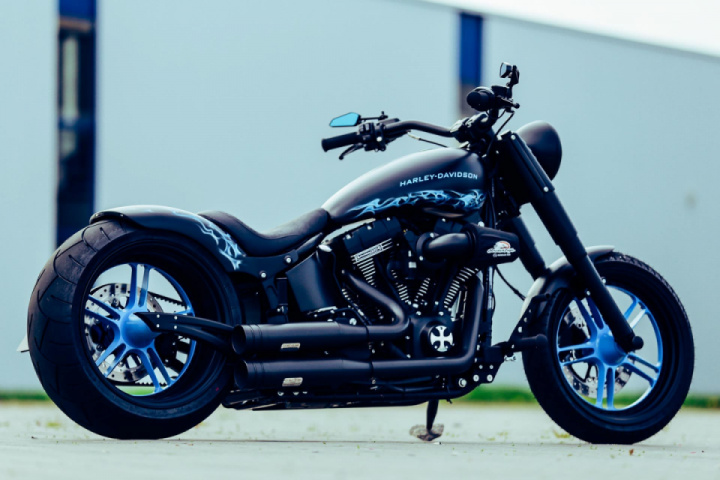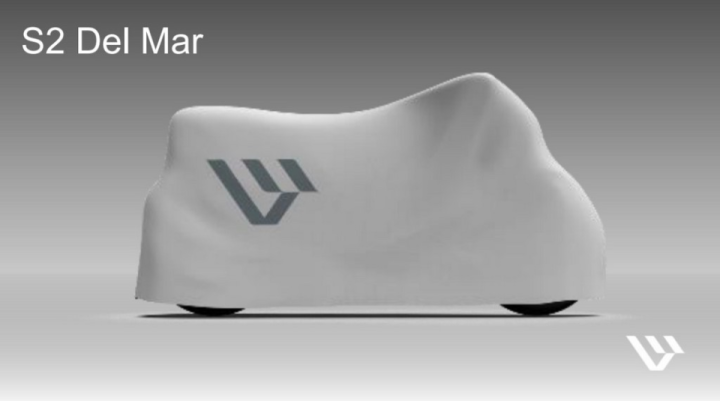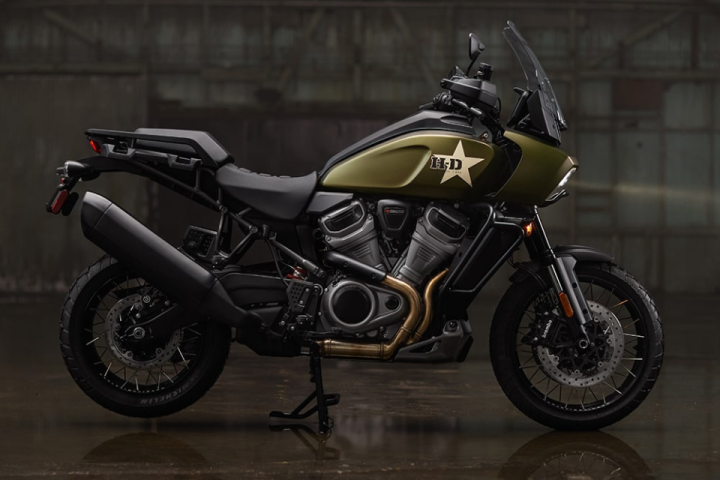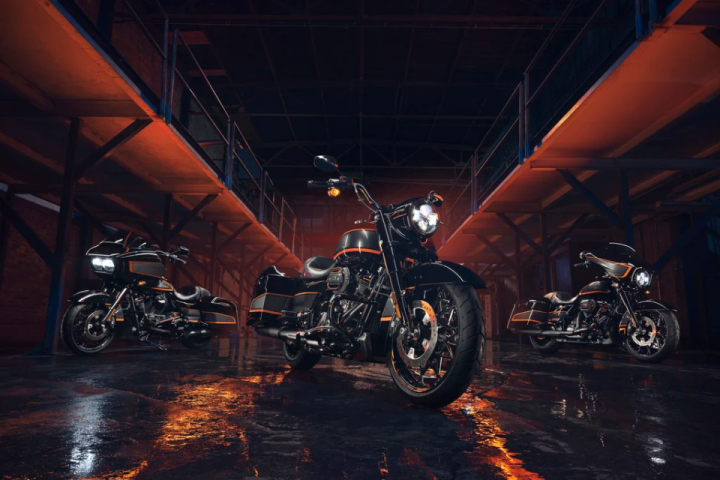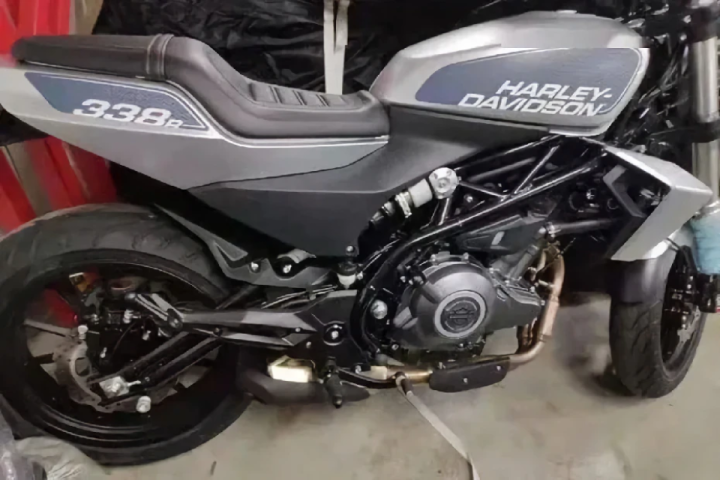Harley-Davidson Inc. is riding out of India. That’s as much of a problem for the American motorcycle icon as for one of the largest two-wheeler markets looking to make its mark globally.
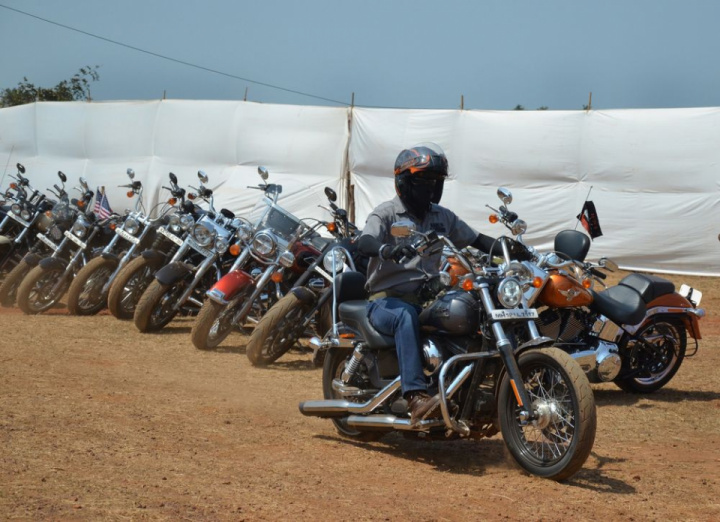 A motorcyclist drives a Harley-Davidson motor-cycle past a row of Harleys on display in Goa.Photographer: STR/AFP via Getty Images
A motorcyclist drives a Harley-Davidson motor-cycle past a row of Harleys on display in Goa.Photographer: STR/AFP via Getty Images
Harley said in a regulatory filing Thursday that it was discontinuing sales and manufacturing operations in the world’s second most populous country as part of its company-wide restructuring, or the “Rewire" plan, a five-year strategy to reset its business, focus on high-priority markets and tighten up by streamlining models.
That the Milwaukee, Wisconsin-based company is pulling out of a thriving market for motorbikes speaks to a troubled international strategy in need of overhaul. It comes as Prime Minister Narendra Modi is pushing his “Make in India" program, with the autos sector (including two-wheelers) as a key part and potentially $23 billion in production incentives on the way. Nonetheless, Toyota Motor Corp. said last week it won’t expand further there.
India hasn’t been an easy market for Harley, where it’s had an assembly plant for a decade and sells a few thousand bikes. The company operates a “complete knock-down" assembly plant, where components and parts are imported from the U.S. and assembled into motorcycles for the local market. It also produces the Harley-Davidson Street series for sale outside North America. Finding the price sweet spot and gaining traction in India, even with models made for the market with smaller engines, has been difficult. Discounts sometimes help; at other times, they turn off buyers. Bike manufacturers have struggled with the existential approach — more for less, or vice versa? Indian consumers are aspirational and not that easy to please: A cheaper model of a high-end brand won’t cut it. Taxes on larger powertrains are punitive. Harley’s bikes can cost as much as ₹11 lakh (about $15,000). That’s steep for a market where the average bike with decent mileage starts at ₹50,000 (about $670), and its nearest competitor prices closer to ₹1,50,000 (about $2,000).
Harley was never going for the mass market, of course. It’s long since moved beyond the Wild One to the Weekend One, selling the emblazoned-leather-jacket lifestyle of the American biker on the open road to those who can pay a top price for it. Still, in India, there has been opportunity. Volumes of premium-segment motorcycles have been growing for the last six years. Top-end models have drawn first-time buyers from higher-income levels, and are potentially an upgrade choice for the 70-some million riders of smaller bikes, according to analysts from Goldman Sachs Group Inc. Its main rival in the segment is Eicher Motors Ltd.-owned Royal Enfield — priced well below a Harley, with a similar brand appeal.
The Harley cult hasn’t grown big enough to convert into substantial sales. The top 10 brands in India have 70% of the market, according to Macquarie Group Ltd. analysts. Most of the best-selling models have been around for at least 17 years, on average. The majority of new launches fail when it comes to gaining share. As the analysts put it, the best way to get a toehold has been when new segments emerge. Harley hasn’t rolled into one. It priced itself too high, then tried to make cheaper versions that didn’t appeal to fans.
The company is hamstrung to some extent by the parts it imports and then assembles at its Bawal plant. Tariffs have been a point of contention with U.S. presidents from George W. Bush to Donald Trump. But Harley struggled even after they were cut. The company has also suffered in the wider global trade frictions, with net revenues affected by tariffs imposed by China and the European Union, and by the U.S. on items imported from China. Part of the problem for motorcycles has been the transition to the latest emission norms (a good thing). Keeping up, though, has meant an increase in imported content for parts, according to Goldman Sachs analysts. Duties and taxes haven’t been lowered to keep pace, while ownership costs and road taxes have increased. All together, state levies make up to approximately 50% of a vehicle’s on-road price, the highest among comparable countries, the analysts say.
Modi’s ambitious plans could have been helped by a symbolic gesture to hold on to Harley. India’s inability to keep a premium manufacturer with an outsize brand points to misaligned incentives and dim prospects for becoming a top-end hub. Middle-weight players are doing fine, and large domestic manufacturers like Bajaj Auto Ltd. and TVS Motor Co. export 47% and 26% of their production. But that may be the ceiling.In contrast, Thailand has several production-linked incentives, along with significant research and development expenditure benefits and relatively low corporate tax rates. Premium, larger-engine motorcycle makers have flocked there, including Harley, which has a manufacturing facility.
Both India and Harley are walking away from what could have been a big opportunity.
This story has been published from a wire agency feed without modifications to the text. Only the headline has been changed.
#Moto #Bike #HD #Harley



















